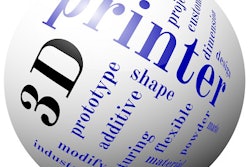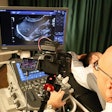
The Office for Product Safety and Standards (OPSS) in the U.K. has announced plans to focus on the safety of 3D printing technologies, according to an article published by law firm Pinsent Masons.
The advent of newer, cheaper technologies has made it possible for individuals and companies to use 3D-printing capabilities to manufacture everything from buildings to pharmaceuticals. During the pandemic, creative entrepreneurs -- including one radiographer -- have also used software and 3D printers to create personal protective equipment (PPE) amid global shortages.
But despite 3D printing's increasing popularity, its regulation is limited, and the U.K. government has no specific guidance or legislation regarding its use. As a result, the OPSS announced the organization will prioritize 3D printing in the near future.
According to the report, "The safety risks associated with 3D printed products cannot be overlooked. 3D printed PPE is unlikely to have undergone the required tests to meet EU safety standards, or to carry the necessary 'CE mark'. Currently, there is no sector specific guidance or legislation governing 3D printed products to guide manufacturers and end users."
The announcement comes on the heels of a 2019 report by OPSS that found mechanical hazards linked to 3D printing, Pinsent Masons noted.
The law firm predicted that OPSS may first address wide-ranging problems with the liability issues surrounding 3D-printed parts, such as by setting guidance, standards, and sector-specific legislation. It encourages companies that manufacture, distribute, and import 3D-printed products to consider how to mitigate risk and loss ahead of any OPSS actions. This includes securing adequate insurance and understanding any defect risks associated with the 3D-printed products.


















